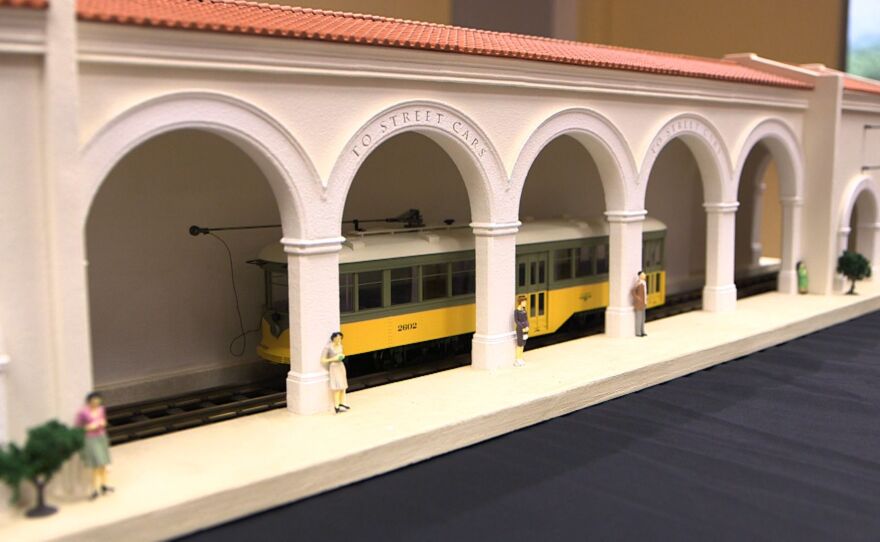Most of the events commemorating the 100-year anniversary of the 1915 Panama-California Exposition in Balboa Park will come from the park's museums. This comes in the wake of a failed effort by a city-sanctioned nonprofit charged with planning an elaborate yearlong event.
"The day-to-day programming of 2015 was always going to be the wonderful exhibitions and programs within the museums and different institutions," said Peter Comiskey, executive director of the Balboa Park Partnership.
For years, city officials and Balboa Park leaders fretted over how to celebrate the centennial anniversary.
City Councilman Todd Gloria, whose district includes the park, warned of a worst-case scenario: a sad sheet cake in the Plaza de Panama.
A group of politically well-connected individuals were given three years and a healthy city budget to plan a party. That resulted in, well, nothing. Nothing, that is, except a stack of bills from consultants.
Now the museums are filling the void.
On Saturday, the Natural History Museum will open its new $9 million permanent exhibit called "Coast to Cactus in Southern California." It's a walk through San Diego’s diverse habitats, from the animals that roam the area to the region's trees and plants.
The 8,000-square-foot exhibit is presented in English and Spanish, including one engaging multimedia diorama of a family camping in the desert where the night falls and the desert's nocturnal creatures come out. Shifting between Spanish and English, the parents explain about all of the different animals that live in the desert, while audio and video elements bring them to life.
Just down the Prado, a team of designers at the San Diego Model Railroad Museum is busy building a centennial garden railway. A model trolley system will roll through a miniature version of 1915 Balboa Park. "We’re going to create six of the elements from the 1915 exposition as well as the old trolley terminus, the California Tower and the Organ Pavilion," said Anthony Ridenhour, the museum's executive director.
Visitors will be able to control parts of the garden through an app on their smartphones. They can turn lights on in the miniature buildings and play period music from the organ pavilion.

Outdoor events celebrating the centennial are the purview of the city’s Park and Recreation Department under the guidance of Michael Ruiz, the city’s district manager for Balboa Park 2015.
"We’re looking at the centennial as an opportunity to invite musicians to perform and highlight our local talent," Ruiz said.
Throughout the summer, he said, musicians will perform in the Plaza de Panama on weekends. On special occasions, the park buildings will be lit up in a shifting series of colors, Ruiz said.

Some groups are frustrated with the city’s oversight of the centennial celebration.
David Lundin, co-founder of the newly formed Balboa Park Heritage Association, said he has 700 volunteers ready to transform Balboa Park to 1915.

"We would have a lot of people in period costume with period music," Lundin said. "We were going to have groups from the women’s museum arguing the rights of women to vote and others arguing whether we should enter the Great War. Just really recreate the time, place and feel."
The city hasn’t made this easy to pull off, he said. In fact, Lundin can’t get a date reserved to hold the event. Now his group plans to descend on the park in April like a 1915 flash mob.
For the centennial, Ruiz said a lot of attention will be paid to upgrading the Plaza de Panama, where there are few places to sit and an empty expanse. More tables and chairs will be added by the end of the month.
"Much like the piazzas in Europe, you’ll be able to come and enjoy the Plaza de Panama and the openness," he said.
In the end, it’s a centennial celebration on a modest scale. More than the sheet cake, less than the $50 million party once proposed by former Mayor Bob Filner.
You can find a comprehensive list of all the year's special events at celebratebalboapark.org.








